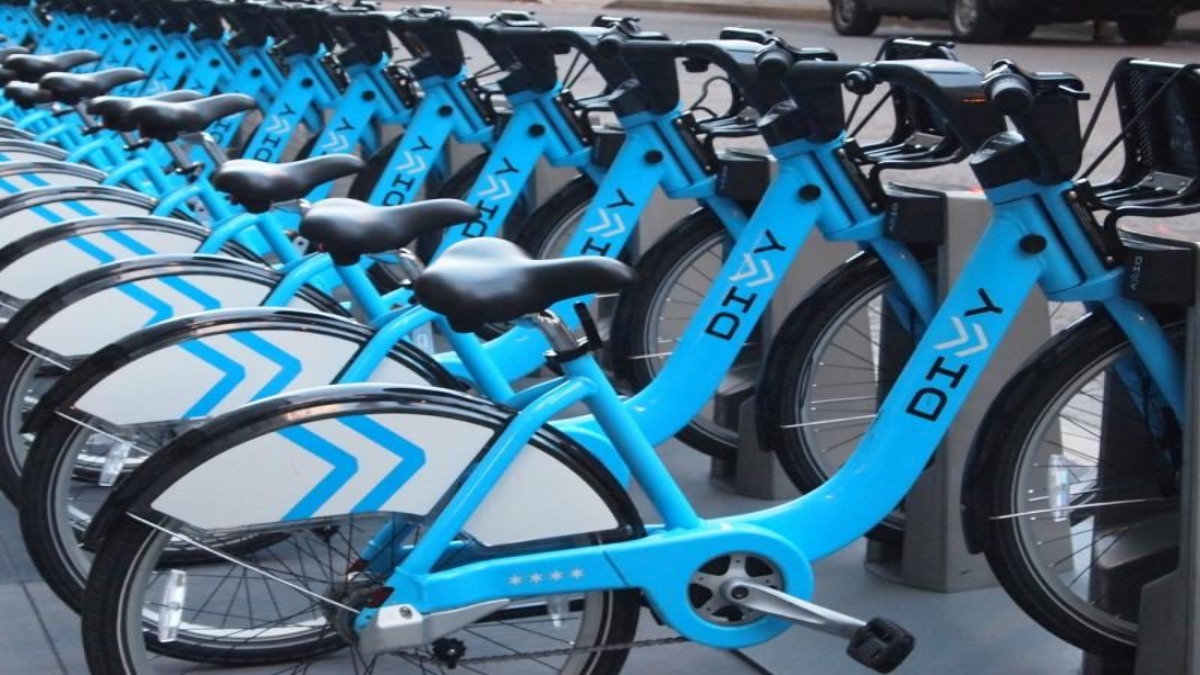We were wondering how safe is the Divvy bike-share system security? Enigma Forensics has been following the Divvy bike story. We love the idea of the ease and accessibility to rent a bike but don’t want the criminals to ruin this city-wide opportunity.
Divvy Bike Share System
The Divvy Bike Share System is a great resource that has been open for business 24 hours a day, 7 days a week, and 365 days a year. All different shapes and sizes of people are able to use bike share to commute to work or school, explore the city, attend appointments, meet up with friends, and everything else in between. The beauty of the Divvy bike-share system is that it offers affordable transportation and features bikes that can be unlocked from one station and returned to any other station throughout the city. This all sounds like a great program for the city but the recent looting in Chicago has led to occasional lockdowns on Divvy Bike usage. We thought we would take a deeper dive and discover how safe is the Divvy Bike security.
Divvy Bike Issues
Divvy has been plagued with several issues that not only include difficulty in docking at stations that allow bikes to be obtained when legitimate riders fail to fully dock and lock their bikes. It has also been reported these docking issues lead to a significant amount of stolen bikes used in crimes. To make matters worse, additional ways to obtain access to a Divvy bike can be easily accomplished by using a stolen credit card to unlock a bike. How? There isn’t a two-factor authentication required to unlock a bike and the credit card system doesn’t require the entry of the billing card member’s zipcode. The lack of security allows the ability to use anyone’s credit card which makes it easier for the thief to steal a bike. By adding these two simple changes; a two -factor authentification and zip code requirement Divvy could dramatically improve the situation.
The latest crime that has Divvy in the hot seat with local Chicago Aldermen, happened on the morning of July 27, 2020, when an 82-year-old man was carjacked in Streeterville by a group of Divvy bike riders. After they stole his car they left the Divvy bikes at the scene. We assume these bikes were stolen and if so it makes criminal activity in otherwise safe neighborhoods a lot easier. Additionally, you may have noticed abandoned Divvy bikes while traveling through the city of Chicago. If you see an abandoned Divvy bike, do the last paying rider a favor and dock the bike to prevent racking up hourly charges. These issues have bubbled up to a few Chicago Alderman who have informed Divvy of the complaints brought forth by their constituents.
Stolen Bikes
During our research about current docking station flaws, we found this article from The Chicago Reader. The article’s title, “FOIA’d emails reveal an ongoing citywide epidemic of Divvy thefts.” Chicago Reader wrote the culprit is the hasty decision by Divvy to remove a critical piece of security hardware from Chicago’s docking stations. They reported the security device that was removed had been making it difficult for users to dock bikes at the end of their rides. By removing the device it also made stealing docked bikes easier. https://www.chicagoreader.com/chicago/divvy-bike-thefts-chicago-security-hardware-removed/Content?oid=58659144
Enigma Forensics agrees with a solution to integrate GPS locating technology so that stolen bikes can be disabled remotely. Once the thieves know that are being tracked and the bike will be disabled, it will curtail the problem. Another solution we found that could help improve the situation is alerting users via a phone alarm if they fail to lock their bike properly.
Use GPS Technology
Divvy doesn’t utilize GPS technology to track the bikes down and release the last rider from the costs. Since Divvy Bike Share is supported by Lyft, why can’t they adopt the bikes to include GPS technology and install digital cameras at each station to help record criminal behavior? After all, the Lyft drivers use GPS! We urge Divvy to install a better credit card payment system using two-factor authentication and requiring the billing zip code associated with the credit card to be entered. GPS technology will allow remote locating of lost or stolen bikes with remote brake locking technology that would curtail illicit use of bikes and theft. These are potential solutions that we hope our Alderman will be able to move forward to help keep Divvy bikes a program for all Chicagoans.


